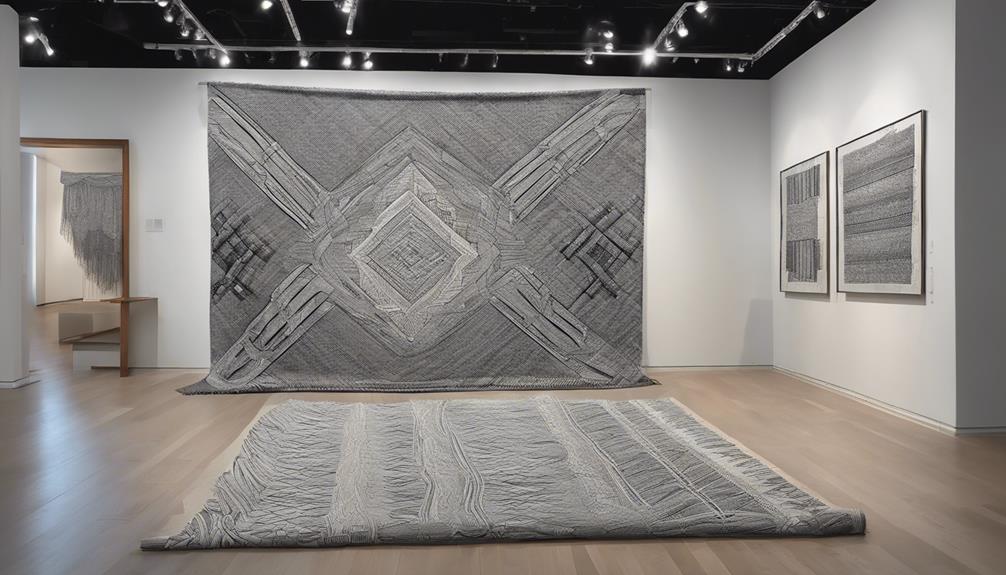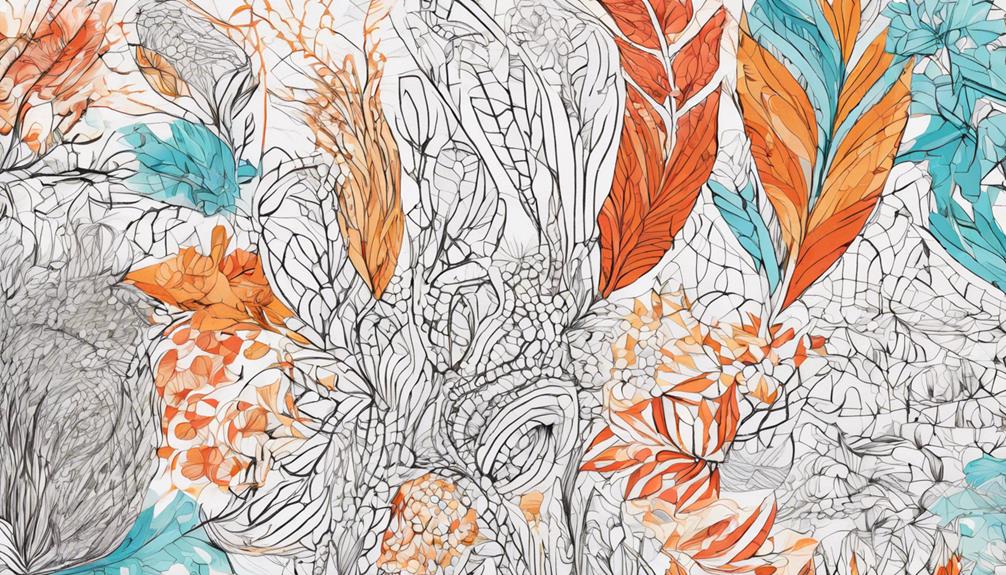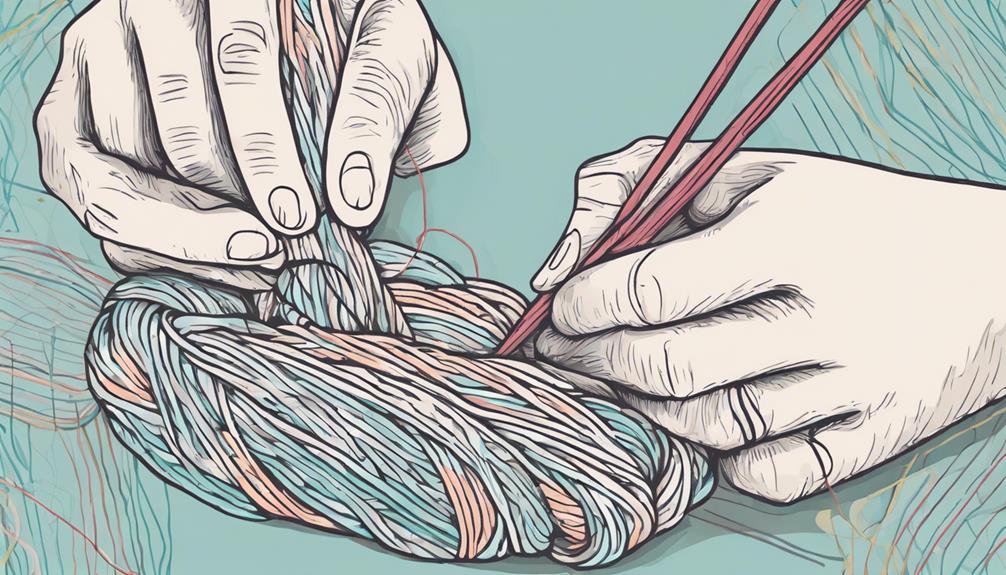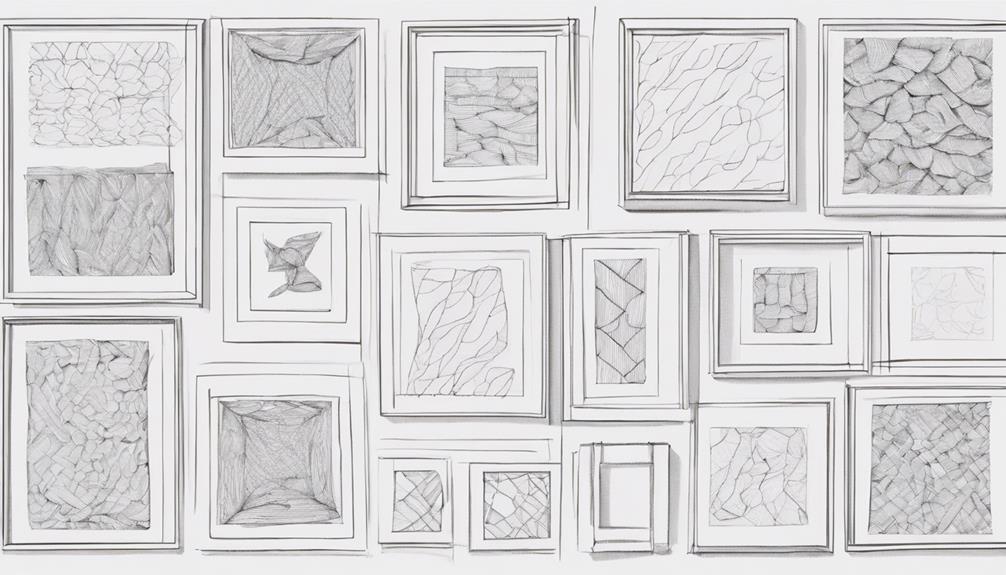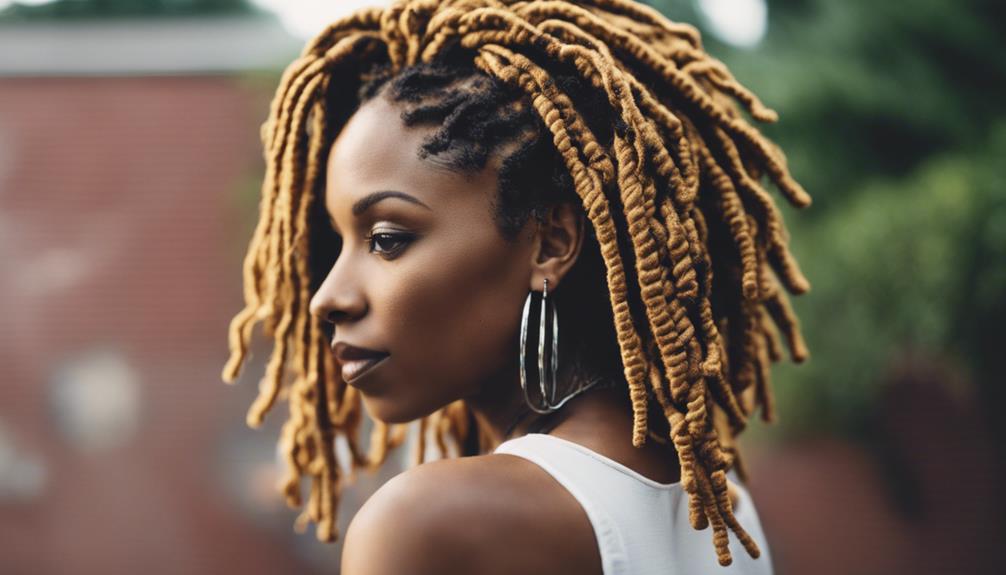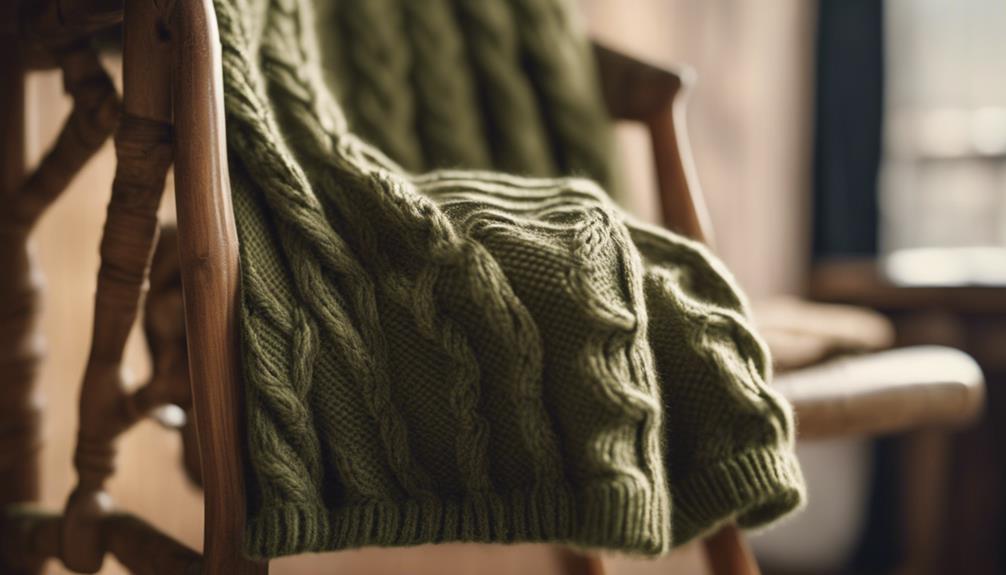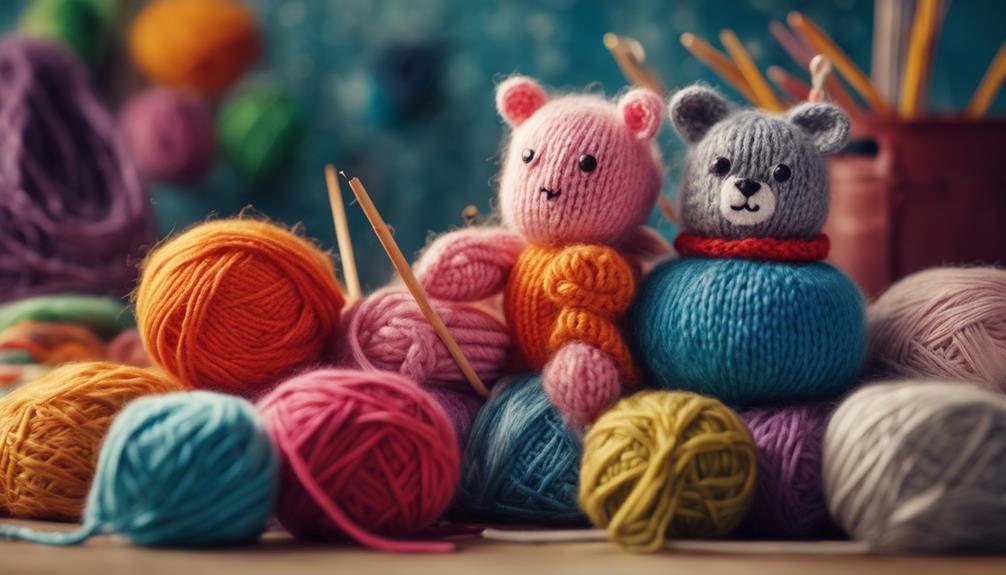You may already be familiar with the traditional textile art form of Cambodia called Khmer Weaving, showcasing intricate patterns and designs passed down through generations. This art form represents the cultural heritage and social status of the Cambodian people, holding significant cultural value. For those looking to learn more, there are various techniques to explore, different types of Cambodian textiles to discover, symbolism in weaving to uncover, and modern interpretations that have turned Khmer Weaving into a captivating and ever-evolving art form.
Key Takeaways
- Traditional textile art of Cambodia includes ikat, supplementary weft weaving, and batik dyeing.
- Techniques hold cultural significance and reflect social status.
- Preservation of techniques safeguards Cambodia's cultural heritage.
- Contemporary adaptations breathe new life into traditional art forms.
- Modern adaptations integrate bold colors and contemporary designs.
History of Khmer Weaving
Khmer weaving, with its origins dating back thousands of years in Cambodia, is a traditional textile art form that has played a significant role in the cultural heritage of the region. The intricate patterns and designs found in traditional Khmer textiles are a tribute to the skill and creativity of the weavers. Techniques such as ikat weaving, supplementary weft weaving, and batik dyeing are employed to create these exquisite pieces that aren't only visually stunning but also deeply rooted in Cambodian history.
This art form is more than just a craft; it carries with it the cultural identity and social status of the people. The practice of Khmer weaving has been passed down from generation to generation, preserving not just the techniques but also the stories and traditions that accompany them.
Through these textiles, Cambodians are able to showcase their rich history and express their cultural pride, making Khmer weaving an integral part of their identity.
Techniques and Traditions

Exploring the intricate methods and rich traditions of traditional textile art forms in Cambodia reveals a deep-rooted cultural heritage and artistic expertise. Traditional Cambodian textiles encompass ikat weaving, supplementary weft weaving, and batik dyeing techniques. These methods, known for their elaborate designs and vibrant colors, hold immense cultural significance in ceremonies and social status expression.
The preservation of these techniques is crucial for safeguarding Cambodia's cultural heritage and the unique skills of its artisans. By upholding these traditions, Cambodia ensures the continuation of its rich artistic legacy.
Additionally, contemporary adaptations of traditional Cambodian textiles have emerged, featuring bold color schemes, modern shapes, and integration into various aspects like fashion, home décor, and art pieces. These adaptations not only breathe new life into the traditional art forms but also contribute to the ongoing relevance and appreciation of Cambodia's textile heritage.
Types of Cambodian Textiles
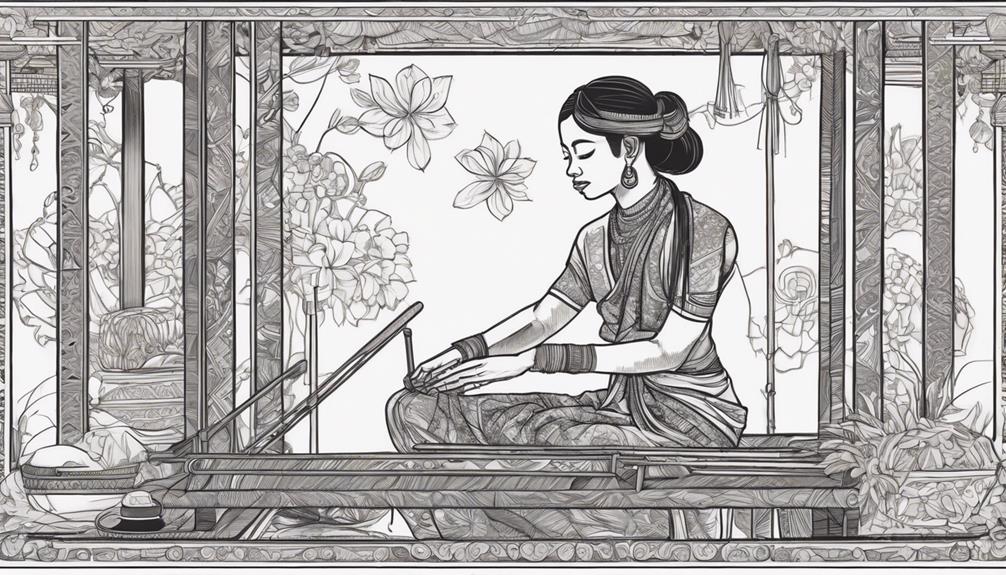
Traditional Cambodian textiles encompass a diverse range of fabrics, including ikat, brocade, Chong Kiet, Samphor, and Hol fabrics. These Cambodian textiles aren't just fabrics; they're woven stories of cultural significance, showcasing intricate motifs like Kbach, lotus flowers, and designs inspired by the Angkor Wat temple. Each textile is a masterpiece of artistry and craftsmanship, highlighting the exceptional weaving skills of Cambodian artisans.
Ikat textiles are known for their tie-dye technique, creating stunning patterns through a meticulous dyeing process. Brocade textiles feature richly woven designs, often used for special occasions and ceremonies. Chong Kiet textiles are characterized by their delicate patterns, while Samphor textiles are traditionally worn as status symbols. Hol fabrics, on the other hand, are cherished for their softness and comfort.
These fabrics not only represent the rich cultural heritage of Cambodia but also serve as a tribute to the skill and dedication of the weavers who keep this traditional art form alive.
Symbolism in Weaving
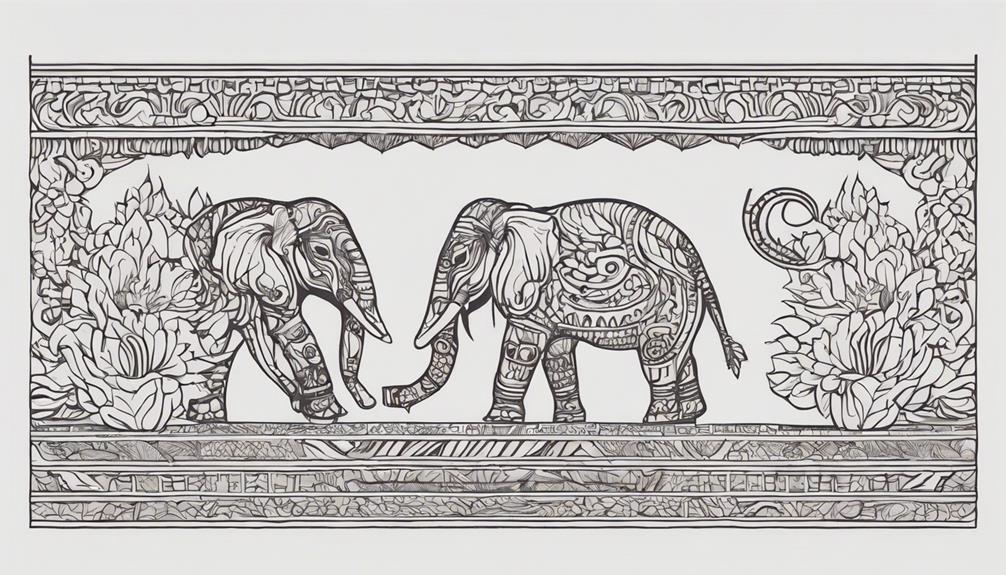
Weaving in Cambodian traditional textiles intricately weaves symbolic motifs, reflecting cultural beliefs, social status, and spiritual significance.
Cambodian weavers incorporate a variety of motifs like lotus flowers, animals, and geometric patterns into their textiles. These symbols carry deep cultural meanings, with colors playing a significant role in representing concepts such as prosperity, purity, or protection.
The intricate designs in Cambodian weaving often tell stories of mythology, historical events, or religious symbolism, showcasing the rich heritage of the country.
Each woven pattern is a masterpiece that not only adorns the fabric but also serves as a visual narrative of Cambodia's traditions and values.
Modern Adaptations and Innovations
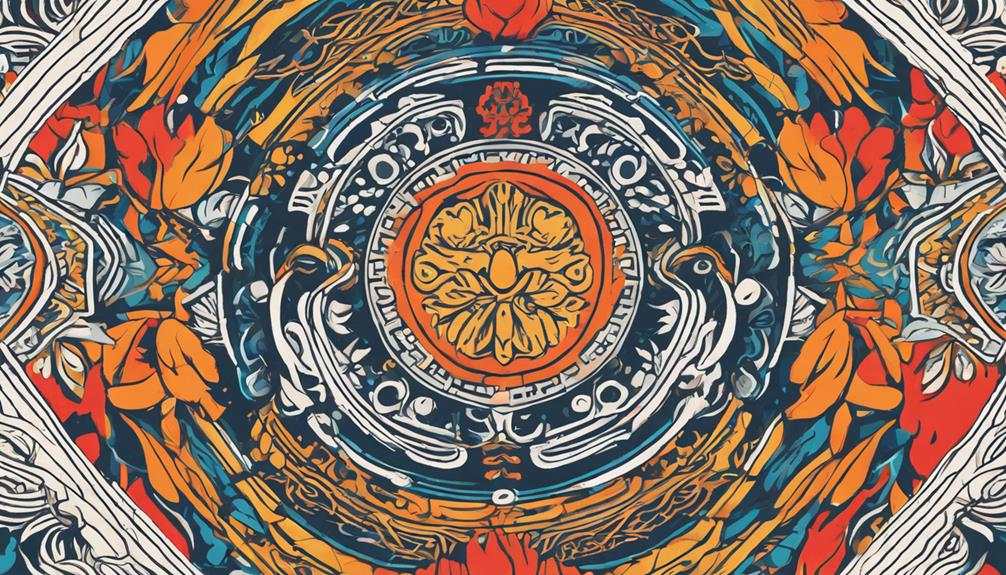
Incorporating bold color schemes and contemporary designs, modern adaptations of traditional Cambodian textiles have brought a vibrant twist to the ancient art form.
The fusion of traditional Cambodian textiles with modern styles has sparked a revival of the ikat weaving technique, showcasing intricate patterns and vibrant hues.
Cambodian silks are now seamlessly integrated into both fashion and home décor, bridging the gap between the past and the present.
Artisans pay homage to Cambodian cultural heritage by incorporating traditional textiles into pottery and art pieces, creating a harmonious blend of tradition and innovation.
Additionally, the use of traditional techniques in contemporary clothing and accessories highlights the versatility and timelessness of Cambodian traditional textiles.
Through sustainable fashion initiatives and support for local artisans, the preservation and promotion of these exquisite textiles are further reinforced, ensuring their legacy endures for generations to come.
Frequently Asked Questions
What Is the Traditional Textile of Cambodia?
The traditional textile of Cambodia showcases intricate patterns and cultural symbolism. Techniques like ikat weaving and batik dyeing are employed, creating fabrics such as ikat, brocade, Chong Kiet, and more.
These textiles often depict motifs like Kbach patterns and lotus flowers, reflecting Cambodia's rich heritage. Preservation efforts emphasize maintaining traditional methods and natural dyes, safeguarding the historical significance woven into each fabric.
What Is the Traditional Art of Cambodia?
Imagine stepping into a world where artistry weaves stories of tradition and heritage. In Cambodia, the traditional art form dances with vibrant colors and intricate patterns.
Each thread tells a tale of cultural richness and skilled craftsmanship. Discover the essence of Cambodia's artistic soul through textiles that echo the country's history and spirit.
Immerse yourself in a domain where beauty and tradition intertwine to create a tapestry of cultural significance.
What Is Cambodia Most Popular Art?
Cambodia's most popular art showcases intricate designs and vibrant colors. It holds cultural significance, expressing social status and preserving unique techniques.
These textiles are seen in ceremonies and are part of contemporary fashion and home décor. Efforts to preserve this art form involve artisan cooperatives, government support, and sustainable fashion projects.
The traditional textile art form of Cambodia, known as Cambodian silk weaving, dates back thousands of years.
What Is the Traditional Clothing of Cambodia?
The traditional clothing of Cambodia is rich in history and cultural significance. It includes the Sampot, a silk garment worn around the waist, and the multipurpose Krama, used for various purposes.
These garments have evolved over time, reflecting influences from Hinduism, Buddhism, and European styles. Different types of Sampot, like Chong Kben and Phamuong, showcase unique weaving techniques and patterns.
Embrace the beauty and tradition of Cambodian textiles through these iconic pieces.
Conclusion
To sum up, Cambodian weaving isn't just fabric, but a thread that weaves together the past, present, and future of a rich cultural heritage.
Just as each intricate design tells a story, each piece of fabric represents resilience, creativity, and beauty.
So next time you see a Cambodian textile, remember that it's more than just material – it's a living tapestry of tradition and history.



